Are VST plugins cross-platform?
Can you play that new synth with your setup?
The first thing you want to know when buying or downloading plug-ins is whether they’ll work with your DAW.
These days, musicians can work in a variety of environments and setups. While some plug-ins are compatible with different platforms, others aren’t.
It is important to Check the plugin’s technical specifications to see if it’s cross-platform compatible.
Always keep in mind that VST plug-ins remain software. It is the creator’s responsibility to make the plug-in available on different platforms.
Some audio plug-ins are compatible with a variety of different DAWs, but not all.
For example:
Cubase doesn’t support Logic plugins like ES2 and Sculpture.
There are a lot of free VST plugins that are made for specific programs, like Ableton or Pro-tools. The same applies to your operating system. Some plug-ins can work cross-platform, but others will be limited to specific platforms.
Cross-Platform Software: What is it?
Cross-platform software is software that works across multiple operating systems, devices, and operating systems. Generally, a platform is an operating system like Windows, macOS, Android, or iOS. Applications that run on multiple platforms make it possible for users to use the software on a broader range of devices.
Are VST Plugins Cross-Platform?

Most of them are cross-platform, but only to a certain extent. VST plug-ins can be used with Cubase, Ableton Live, Reaper, and Nuendo. In other words, you can use the plug-in with different DAWs without any problems.
There are also other types of plug-ins, such as Audio Units (AU). The formats are only compatible with Ableton Live and Logic Pro.
Another example of a plug-in format is AAX, which was developed by Avid and is compatible with Protools 10 and later. In addition, the RTAS format works in Protools 10 and earlier. There is one major difference between these two plug-ins: AAX is 64bit, while RTAS is 32bit.
To add new plugins to your digital audio workstation, the plugin format must be one that your digital audio workstation supports.
VST Plugins Formats Explained
| Plugin Format | DAW |
| VST | Ableton Live, Cubase, Nuendo, Reaper |
| AU | Ableton Live, Logic Pro |
| AAX | Pro Tools 10 and later |
| RTAS | Pro Tools 10 and earlier |
VST (Virtual Studio Technology)
It was introduced by Steinberg in 1996. It is the most commonly used interface type for effects and instruments.
Today, VST has evolved into its 3rd version, known as VST3. CPU usage is the main difference between VST and VST3. In the industry, VST is the most widely used format and is supported by many DAWs, including Ableton, Cubase, Sonar, etc.
Windows and Mac users can use them.
AU (Audio Units)
It is part of macOS X’s Core Audio, which provides low latency and system-level support for the interface. Due to its stability and system-level solutions (which also speed up processing), Audio Units is supported by most DAWs developed for Mac OS X.
In addition to Apple Logic, other DAWs such as Ableton can also work with Audio Units.
AAX (Avid Audio eXtension)
There are two variations of AAX plugin formats: AAX DSP and AAX Native. Due to Avid’s creation of a 64-bit version of Pro Tools, a plugin format with 64-bit processing was required. You can continue to use the same plug-ins across native and DSP-accelerated versions of Pro Tools with AAX.
RTAS (Real-Time AudioSuite)
As of Pro Tools 10, Digidesign supports the RTAS plugin format. To make their plugins compatible with the Pro Tools series of DAWs, many plugin manufacturers developed RTAS versions. Pro Tools is the only program that supports RTAS plugins.
Frequently Asked Question
VST plugins can be backed up easily. The only thing you need is a USB drive or an external hard drive. Make a copy of the plugin files and store them somewhere safe. You can use the plugins on another computer by copying them back to the appropriate location.
VST plugins can be run standalone without a DAW. A VST host is the easiest way to do this. Basically, a VST host is a lightweight program that runs VSTs.
No. There is an entirely different architecture for the software. In order to do so, you would need to install something like boot camp or a virtual machine on your Mac, which would take up a lot of processing power.
Conclusion
The term VST plugin is used to describe audio plugins. However, that is incorrect. VST is Steinberg’s innovation technology. VST is a plugin format, and there are different kinds of formats like AU, AAX RTAS, etc.
Certain VST plugins are cross-platform. However, you should be aware of other considerations before making the assumption that a plug-in will work with your DAW. In terms of compatibility, remember that your operating system will play a big role.
Also, some plug-ins are only compatible with certain DAWs, so keep this in mind when choosing one.
Therefore, it is always a good idea to carefully check before purchasing or downloading new VST tools.
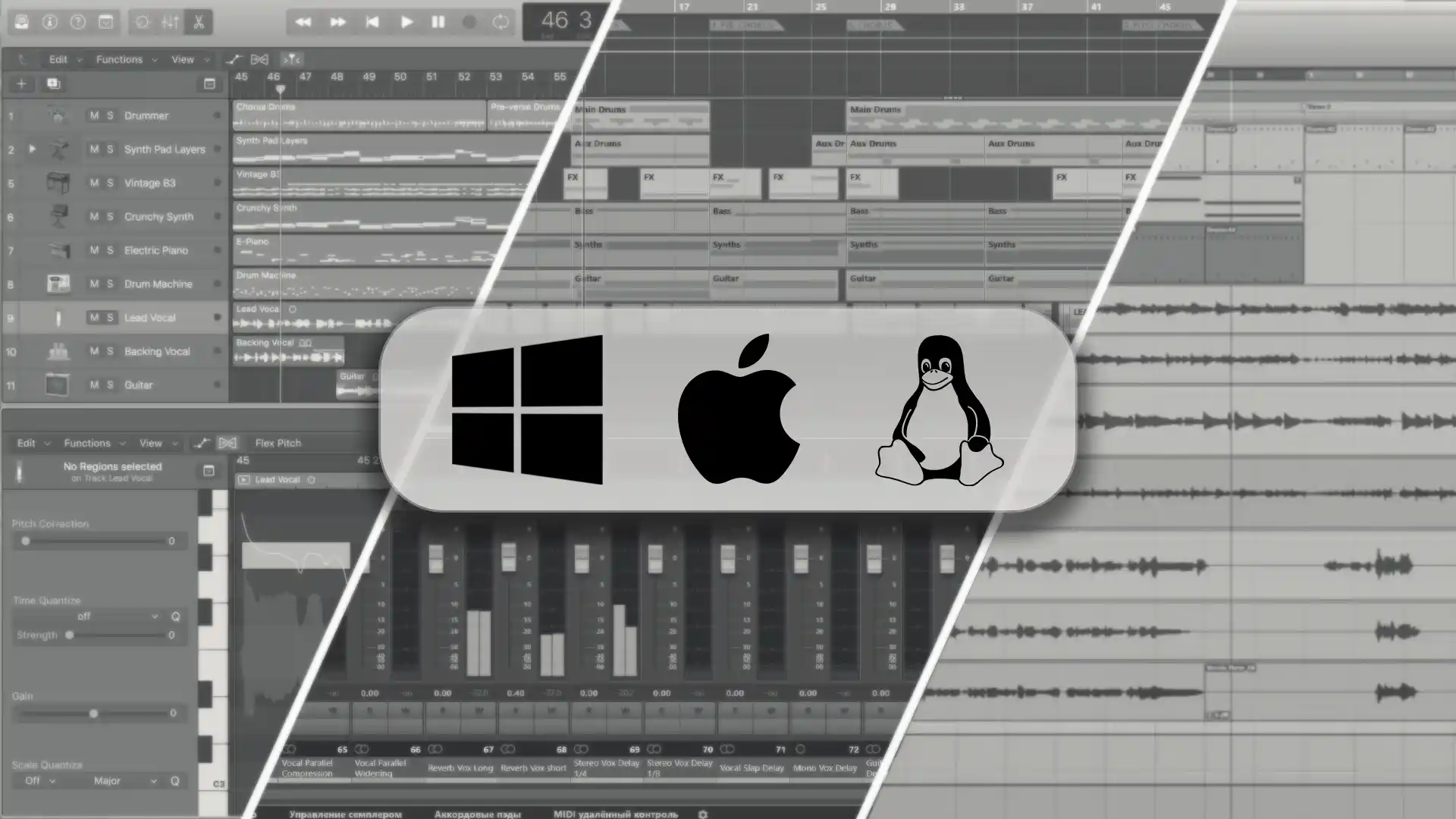
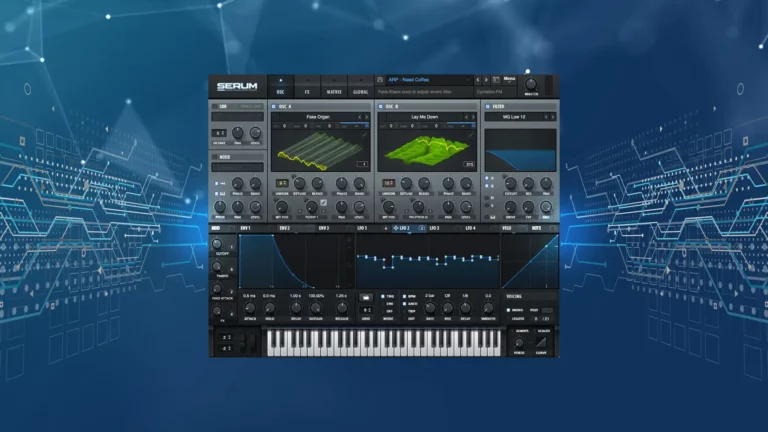
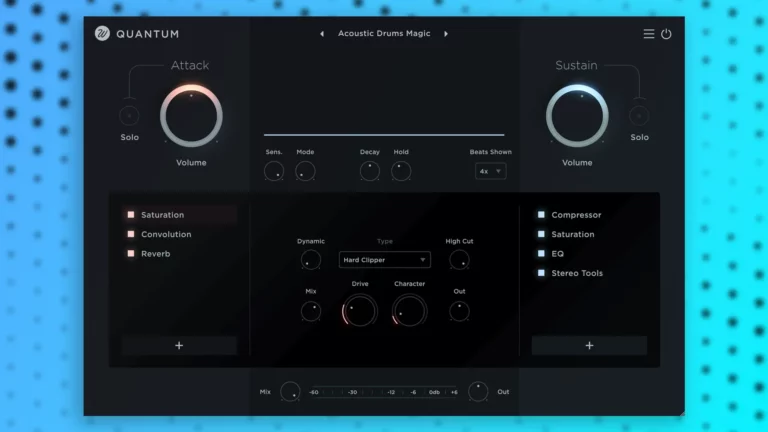
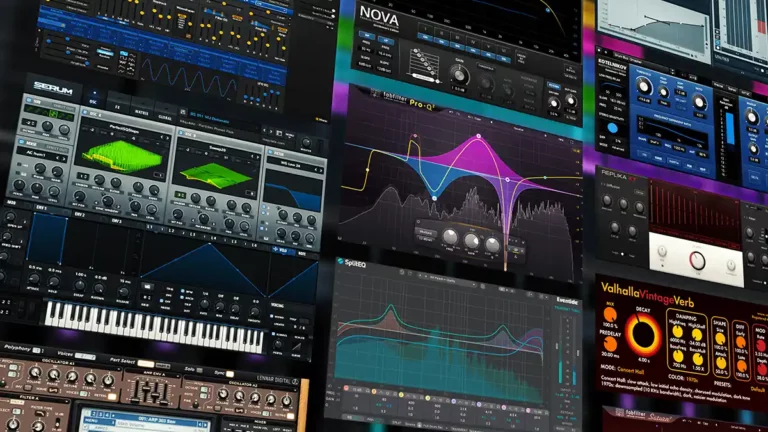
Do you know what means Igorski plugins?